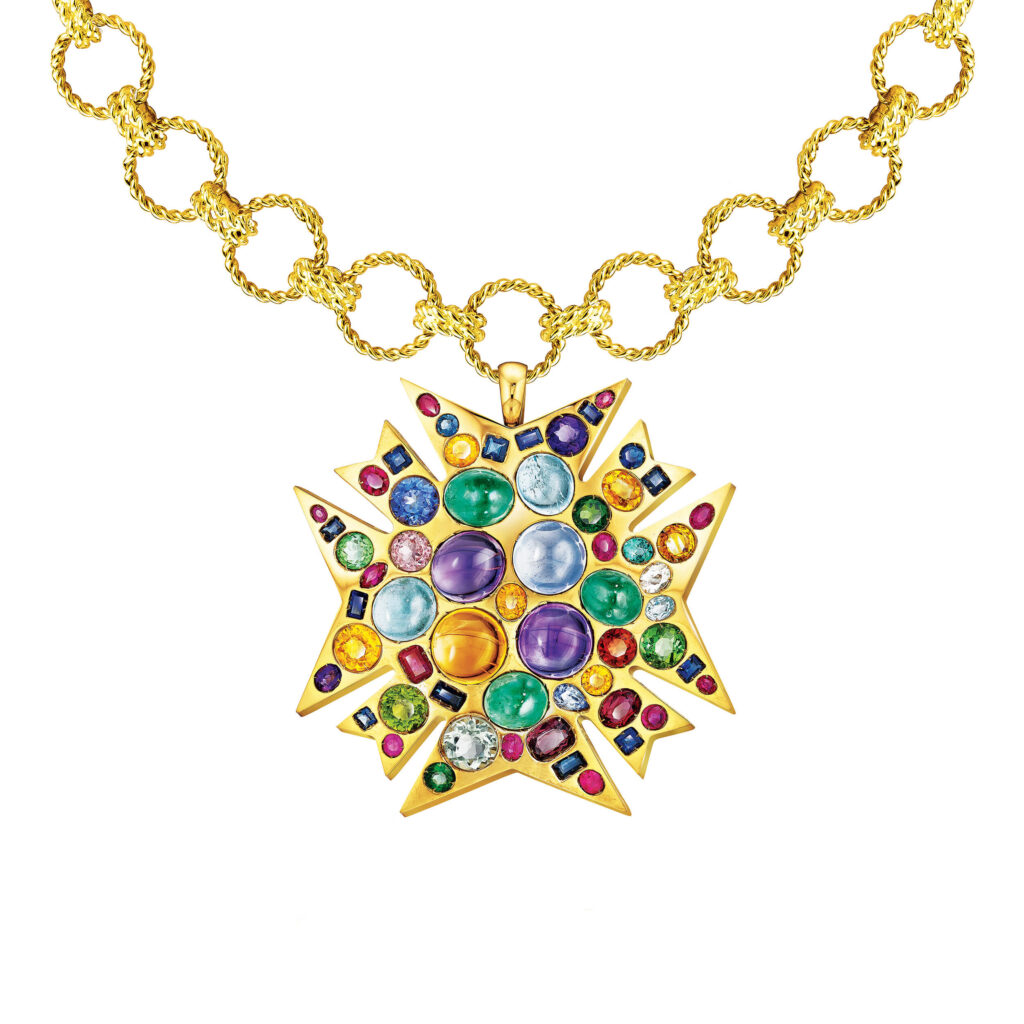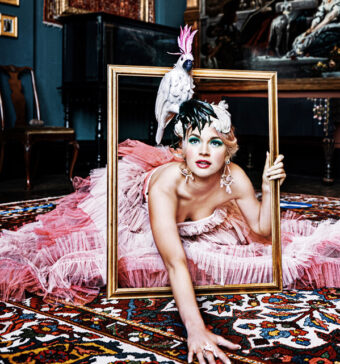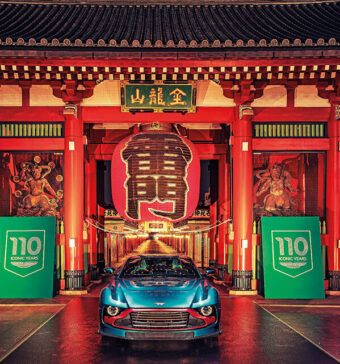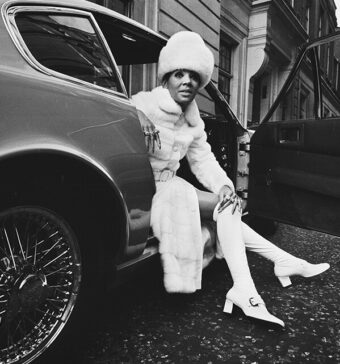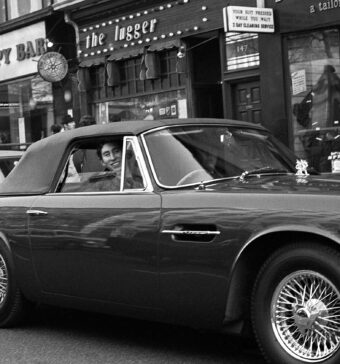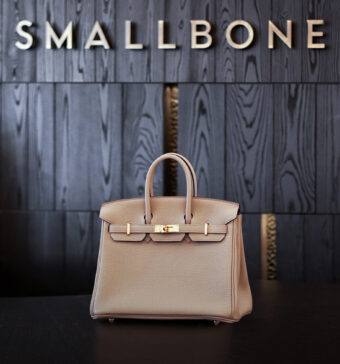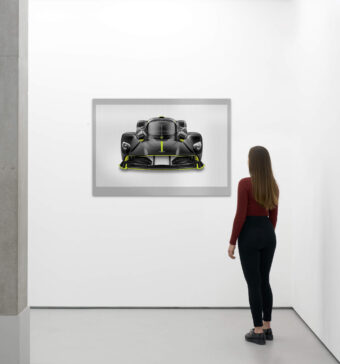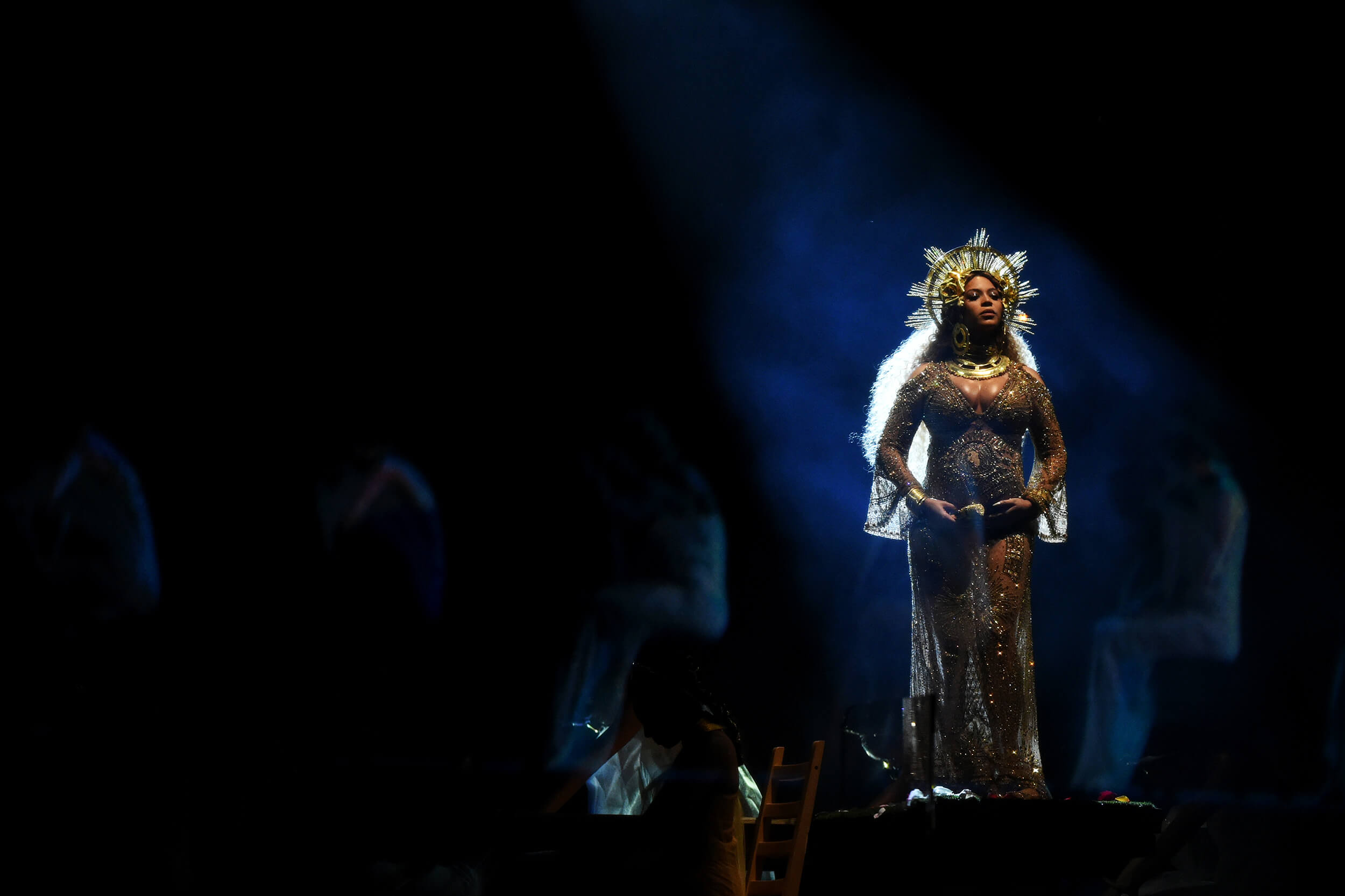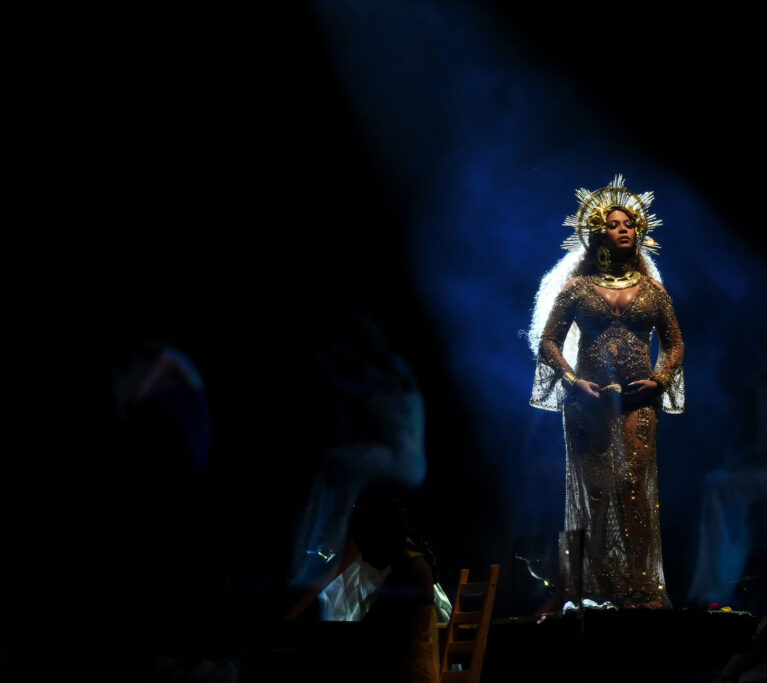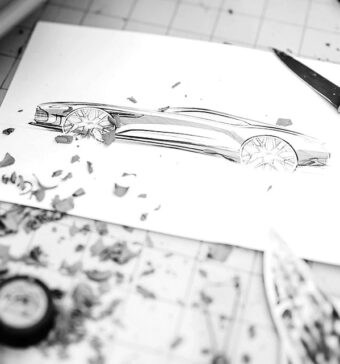For fine jewellery curator and writer, Melanie C Grant, the King’s Coronation must have felt like an extension of Kensington Palace’s Crown to Couture exhibition that she recently helped curate. But unlike the grand archival tiaras featured in the palace’s Jewel Room, once owned by Queen Victoria and Princess Louise and permanently on display, the matching Coronation headdresses worn by the Princess of Wales and Princess Charlotte at Westminster Abbey were by comparison remarkably low-key. Conversely, it is celebrity royals such as Queen B (aka Beyoncé) who are found basking in the limelight, glittering in gold.
In Grant’s rich and informative glossy tome Coveted: Art and Innovation in High Jewellery, she writes: “Worried by accusations of extravagance, today’s royals have been forced to play down their jewellery, but a captivated audience can still luxuriate in the gloriously expensive jewels that are an intrinsic part of the spectacle of Hollywood or Cannes.”
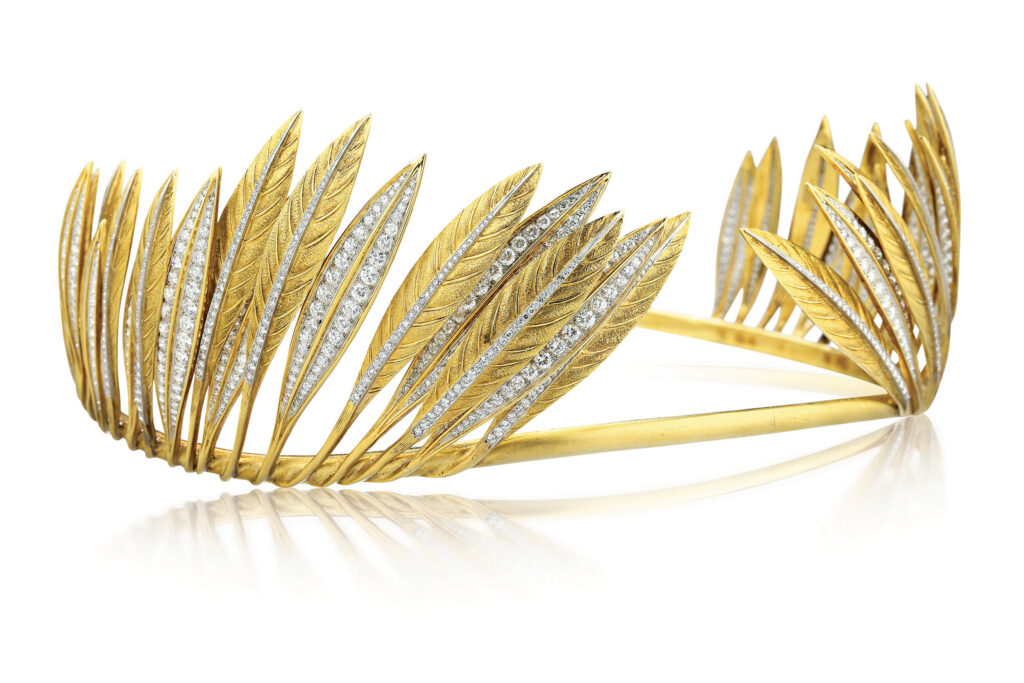
No such restraint can be found in Grant’s curation of jewellery designs for Crown to Couture, the largest exhibition Kensington Palace has ever staged that invites visitors to draw parallels between the Georgian glitterati and modern celebrity. “I thought it was fascinating seeing how you’ve got this very traditional idea of the Georgian court juxtaposed with what I’d describe as ‘black style’,” says Grant. “There are a lot of black stylists, designers and actresses referred to in the show. I wasn’t expecting that from the palace. On the one hand, you have the traditional historical context, then culture and fashion, with celebrity, which you could argue is modern-day royalty.”
One standout exhibit is the Peter Dundas gold gown and headdress worn by a pregnant Beyoncé at the 2017 Grammys, displayed at the palace in front of a scarlet throne. “You’ve got Queen Elizabeth II and on the other hand you have Beyoncé,” Grant explains. “When I visited, a steward at the exhibition said to me: ‘Which queen do you want, dear?’ I think the exhibition brings up questions of power in society and how that’s changing.”
Grant, who confesses to being “obsessed with jewellery” and “a disruptor”, started at The Economist in 2006 specialising in styling and photography, learning to write on the job and rising to become the luxury editor of its spin-off 1843 Magazine. In January this year, she became the executive director at the Responsible Jewellery Council. But more of this later. In 2021, she broke down barriers when she created Sotheby’s Brilliant & Black, the first-ever selling exhibition of black jewellery designers, in New York and then in London the following year. Even so, she says it was the book Coveted, published by Phaidon in 2022, that was the game-changer. It came about as the direct result of delivering a talk at another auction house, Phillips, on 21st century master jewellers. “It really opened the door to other projects,” she recalls. “One of them being Kensington Palace. Post Black Life Matters, a lot of people have been much more open to unusual contributors.”
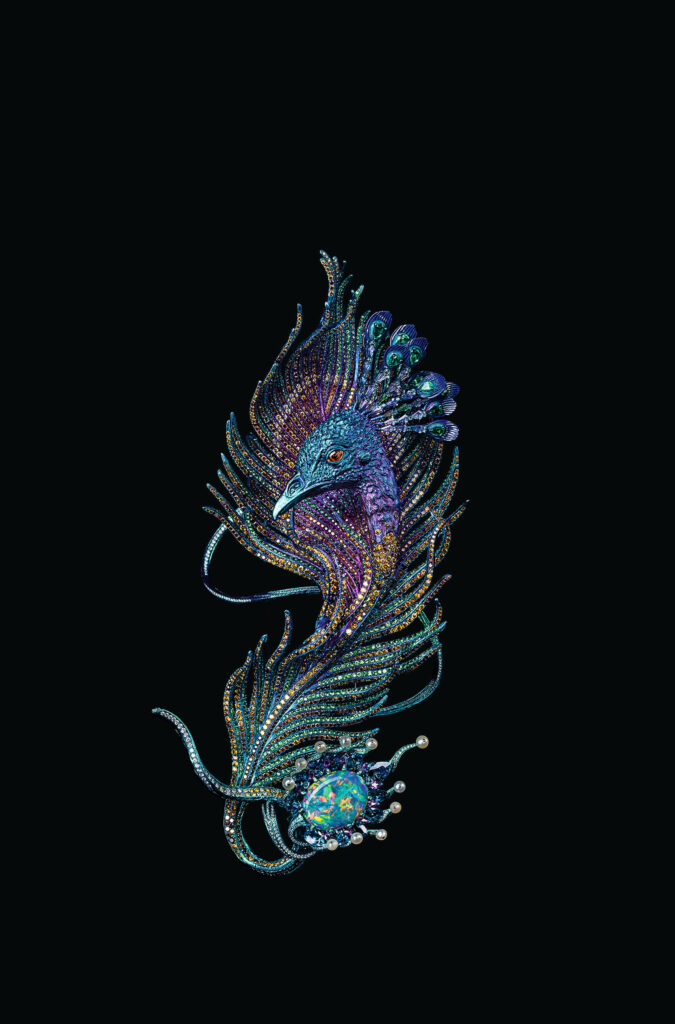
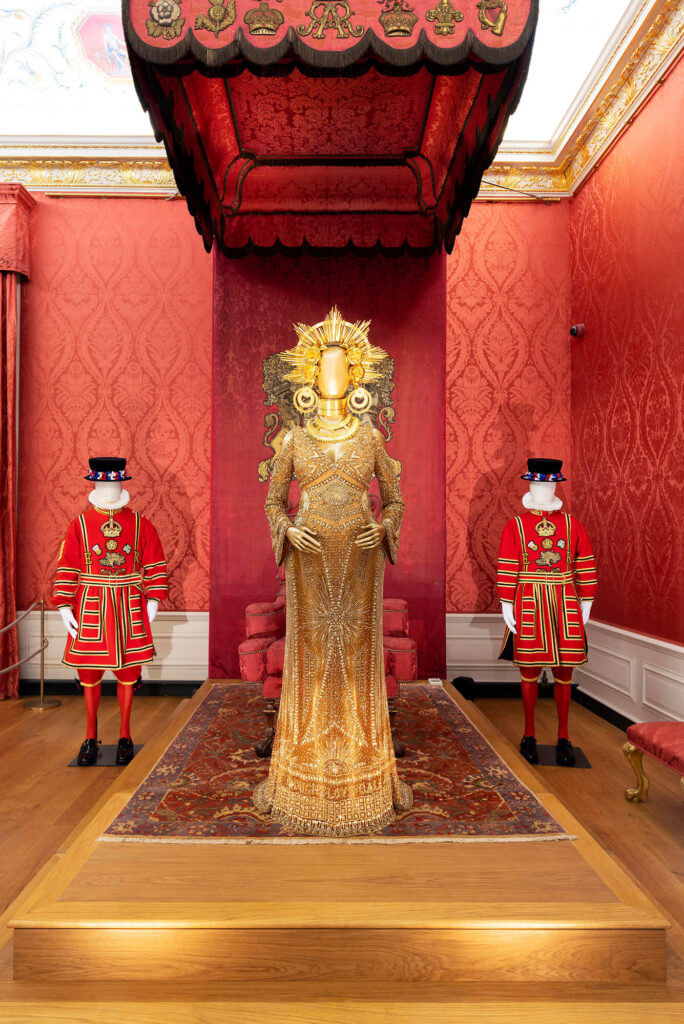
Regarding the inclusion of pieces for Crown to Couture, Grant looked for those pivotal in terms of jewellery design, imbued with meaning, or worn by both men and women on different occasions. When she suggested ‘The Great King’ Sacred Skull necklace designed by Judicael Sacred Skulls and worn by Jason Momoa to the Aquaman premiere in 2018, she was surprised that the reaction was so positive. Undoubtedly, the exhibition at Kensington Palace has a very American slant. But then the significant red-carpet events – The Met Ball, The Grammys and The Oscars – happen across the pond where mostly American or heritage fine jewellery brands are worn.
The ‘Rebel Black’ ring sported by Rhianna at the Met Gala in 2021 is one of the few exceptions. Designed by Thelma West, a London-based Nigerian designer whose five-carat pear-shaped Botswana diamond has an unusual black ceramic on a gold setting, the piece also featured in Grant’s Brilliant and Black Sotheby’s showcase.
Politics and novel backstories also informed Grant’s selection. Included is the Schiaparelli dove brooch, identical to the one worn by Lady Gaga to Joe Biden’s inauguration. Also of note is the feather headdress, on loan from New York-based Verdura’s Museum Collection. First worn by Betsey Cushing Witney to a court presentation at St James’s Palace in 1957, the next time it appeared was when it crowned the head of Hamish Bowles at the 2022 Met Gala. “It ticked all the boxes and summed up the different personalities that a piece of jewellery can have,” explains Grant, adding that the ‘Pensive’ cameo earrings (a design collaboration between Liz Swig and Cindy Sherman worn by Cate Blanchett) do the same. “Cameos are quite historical, but this is modern, inspired by Instagram.”
She chose the ‘Amazonia’ necklace from exhibition sponsor Garrard (which also made The Imperial State Crown worn by King Charles III on May 6 in 1937) because she is “a bit of a sucker for green stones.” She has known the creative director Sara Prentice for quite some time and says she has “hit a hot streak”, adding: “it’s remarkably flamboyant for Garrard.”
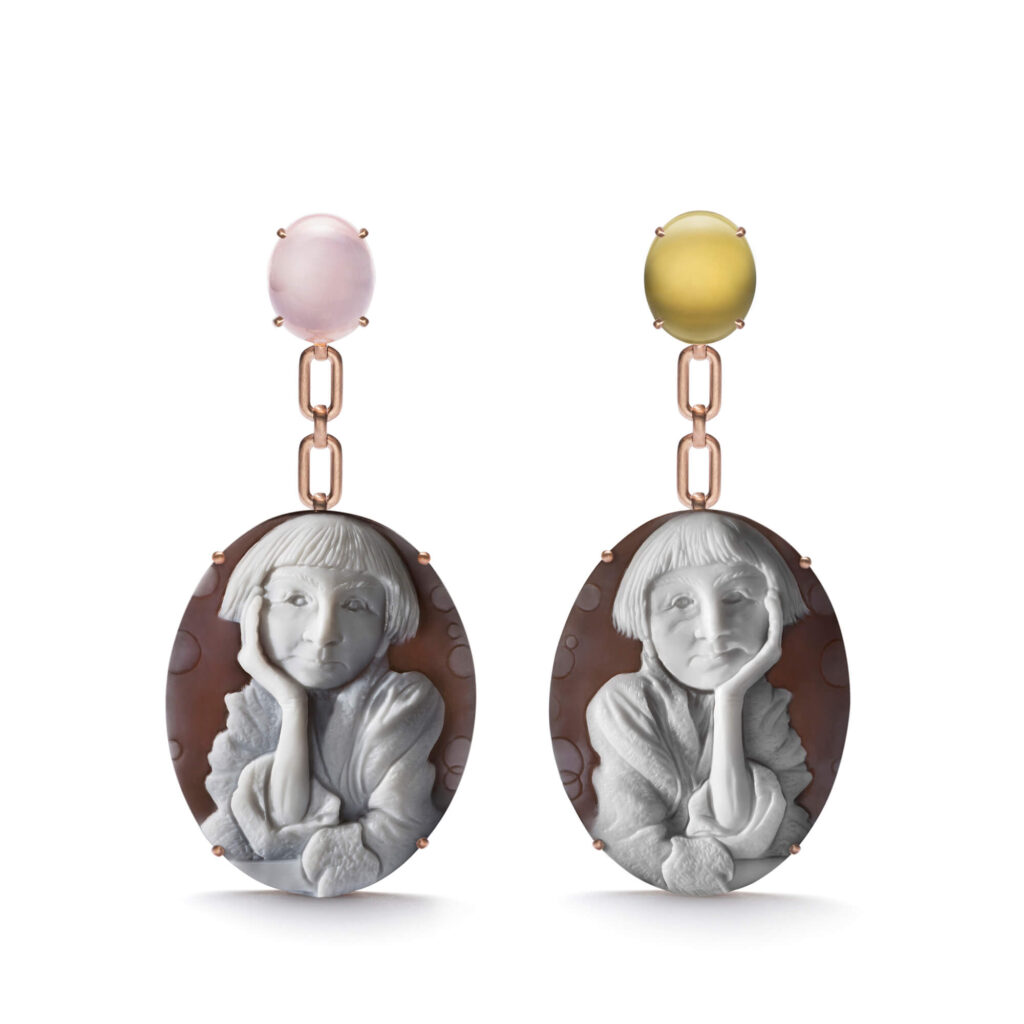
When we talk in early May, on the eve of the Coronation, Grant has just returned from a gold mine in West Africa, a trip that left her amazed by the number of people employed in mining and provided her with a more nuanced consideration for the ethics around it. She’s buzzing about her new role at the Responsible Jewellery Council (RJC) and all the issues now front of mind – sustainability, gender equality and education.
“If you get to a level of being good at anything, you’re the kind of person who needs to progress and learn and keep moving,” she says, explaining the reason why she accepted the Responsible Jewellery Council position.
“I think they wanted someone different. Someone who was going to bring awareness to the RJC beyond the industry. Ten years ago, I’m not sure I would have been given this job. As a curator and a writer, I’m so different to the people who have come before, from mining. But then we’re in a period of much more openness regarding who fits where,” she concludes.
